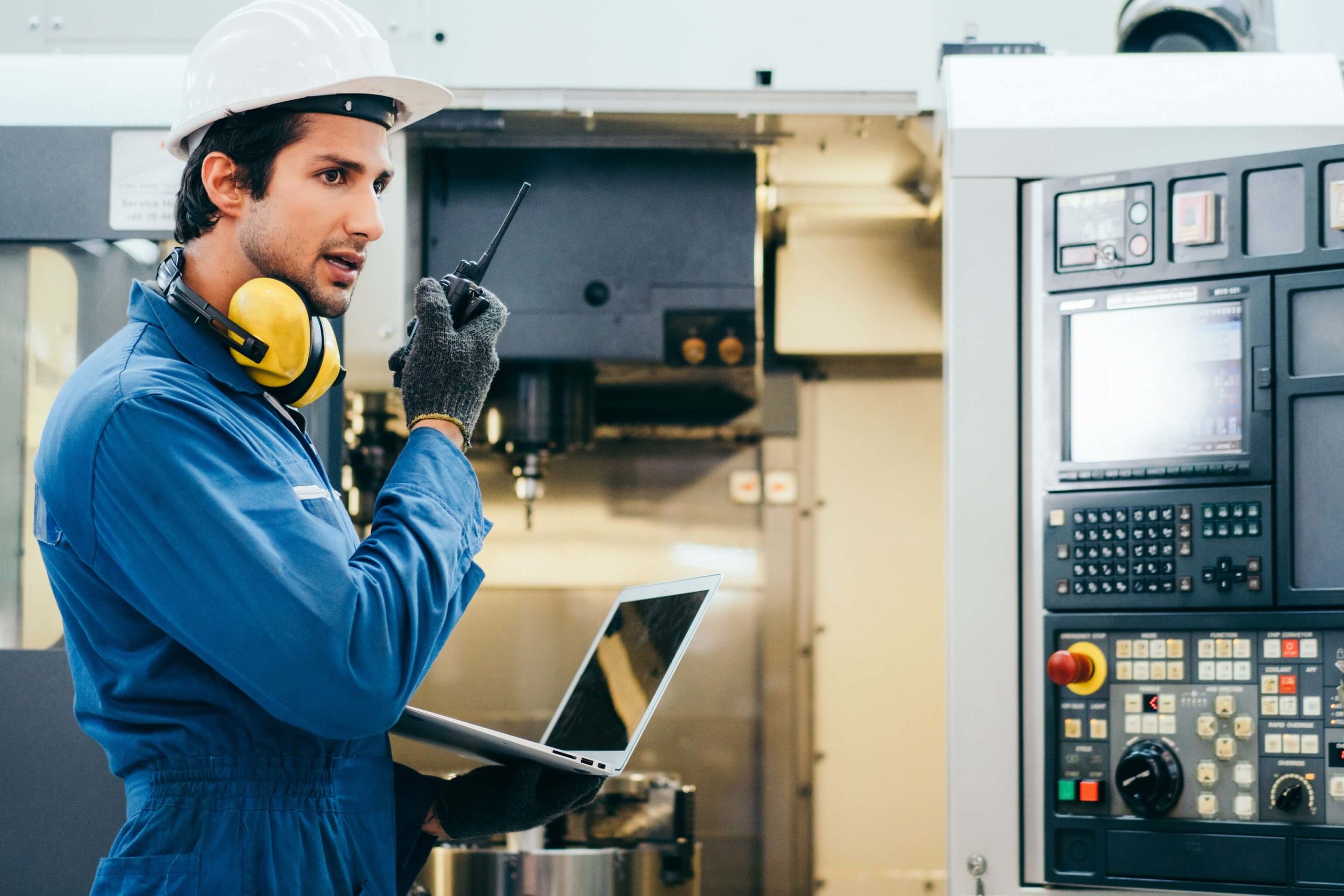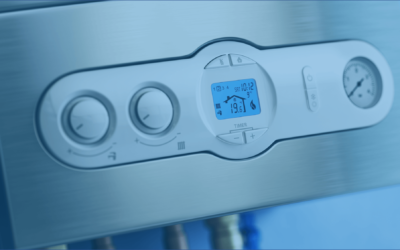Why Let Device Constraints Constrain Your Business Potential?
19
October 2020
by Eliav Gnessin
Solving with Firmware Innovation
Embedded computing devices deployed within the Internet of Things (IoT) have, for years, been challenged with the ability to compute given minimal resources.
Constraints include memory and processing capabilities and the low-power radio standards utilized as network interfaces.
Product companies and Solution providers need inexpensive computing devices at scale – not just a few dozen, but tens of thousands and even hundreds of thousands that are small, affordable, and reliable, especially for distributed implementations (for example, an entire smart city using controlled LED lighting).
The ability to network embedded devices opens up endless opportunities to develop new applications in homes, buildings, and public spaces. The value of the IoT is found in new computing services that integrate existing software services already available via the Internet with the control and data gathering capabilities of embedded devices.
Technology improvements following Moore’s law (the value of the network is based on the number of endpoints on the network) are making embedded devices more economical, smaller and more energy-efficient but not necessarily more powerful. Mass adoption equals mass production, which has contributed greatly to the growth of the IoT and Industrial IoT.
The challenge today, however, are expectations for edge devices to do a lot more work than they have previously done, and that takes more CPU power, memory, and storage capacity.
The rapid advancement and roll out of 5G wireless IoT services are exacerbating the challenge while also opening up new innovation opportunities – the networks will be amazing, but what about the edge? How do we create devices that are both powerful and resource-efficient, rugged, and affordable?
Embedded devices used in the IoT need to possess computational capabilities for the task they must perform, security, and networking abilities allowing integration with the Internet. To minimize product costs, IoT devices are to be equipped with low-power, constrained resources, combined with a production-grade, low-footprint IoT client that allows utilizing the full capabilities of the chipset.
Similar Blogs
Committed Digital and Cloud of Things Partner to Bring Full Stack IoT Connected Field Service Solutions to Enterprises
Solution developer and integrator Committed Digital, and leading IoT platform and connected field service innovator Cloud of Things™, today announced they have forged a partnership to create end-to-end IoT solutions leveraging the DeviceTone® IoT Suite.
A New Era of Connected Field Service Addressing New Challenges
September at Cloud of Things continues to be an exciting month. Last week we announced an IoT solution developed with our partners AES/minIoT and Microsoft Azure IoT Cloud for Hortica, an Israel-based company with a breakthrough solution using sensors and data analytics to cultivate pharmaceutical-grade medical cannabis with “remote control,” enabling precision and productivity gains leveraging a full-stack solution.
Proud to Collaborate with Prodware and Microsoft in Transforming Field Service
Today, Prodware, an international digital transformation partner that leverages technological progress to help businesses prepare for the future, announced a new offering that fuses Microsoft Dynamics 365, Microsoft Azure IoT, and Cloud of Things DeviceTone to dramatically improve Connected Field Service (CFS).



